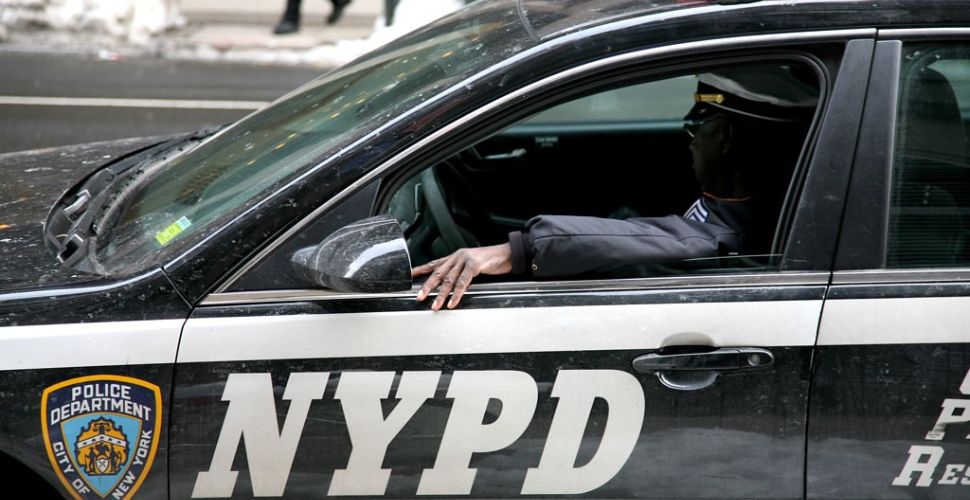Greater risk of sex trafficking in pandemic New York

New York has seen a spike in sex trafficking cases during the worst of the pandemic. “It's the deadly combination of people losing their jobs, increasing poverty, and many victims sheltering in their homes with abusers,” Dorchen Leidholdt, director of the Center for Battered Women's Legal Services at Sanctuary for Families, told The Telegraph.
Traffickers preying on the homeless
With COVID-19 restrictions costing people their jobs, many in New York found themselves unable to afford housing and seeking shelter. According to Polaris, the number of New Yorkers seeking emergency shelter nearly doubled between April and September of 2020. Unfortunately, instead of safety and support, traffickers are preying on persons seeking shelter, especially children at foster care homes.
A former Brooklyn human trafficking prosecutor shared that New York was experiencing “an uptick in recruitment of children outside child welfare centers.”
Police contributing to rise in cases
Poor responses by New York law enforcement have had a significant role to play in the increase in trafficking. Advocates say the pandemic caused a breakdown in communication between advocates and law enforcement with a resulting decrease in arrests of traffickers.
Leidholdt told The Telegraph that, “…these laws are not being enforced by the police, or that many prosecutors are not enforcing them. That has enabled the sex trafficking industry in our city to increase and flourish – especially during the pandemic, when there has been so much poverty, vulnerability, isolation and violence.”
“The cops were making jokes”
But the New York Police Department (NYPD) has never had a sterling record when it comes to handling trafficking cases. One survivor shared her story of being sex trafficked at the age of 13. When she was finally found by the police, the experience increased her trauma instead of bringing relief.
When Melanie was found by the police 13 years ago, she was arrested under a warrant used for runaway children. While waiting for officials, Melanie said she was handcuffed to a metal bench.
“They were trying to intimidate me, saying ‘you're being arrested for prostitution'. The cops were making jokes. They were saying: ‘How bad do you want to see your mum?'” she recalls. “They left me there for a while. I was banging on the chair that I was attached to and trying to get someone's attention because I really had to use the bathroom.”
Melanie said she urinated over herself before she was allowed to see officials.
Melanie should never have been arrested in the first place – even if she had been a runaway youth which she was not. Unfortunately, in the U.S., support services for runaway and homeless youth, a population at high risk of trafficking, are chronically underfunded and law enforcement response is severely misguided. That's why there's a movement to increase support for homeless and runaway youth to help prevent youth trafficking and exploitation.
Persons seeking shelter and trafficking survivors reporting their cases to the police deserve support, not to be made even more vulnerable than they were to begin with.
Join the campaign to help protect a very vulnerable population in the U.S. today: runaway and homeless youth. There are over 4 million homeless youth in the U.S. today and all are at high risk of trafficking. Lend us your support to ensure that they receive better treatment than Melanie did.
This “Eyes on Trafficking” story is reprinted from its original online location.
 ABOUT PBJ LEARNING
ABOUT PBJ LEARNING
PBJ Learning is a leading provider of online human trafficking training, focusing on awareness and prevention education. Their interactive Human Trafficking Essentials online course is used worldwide to educate professionals and individuals how to recognize human trafficking and how to respond to potential victims. Learn on any web browser (even your mobile phone) at any time.
More stories like this can be found in your PBJ Learning Knowledge Vault.
EYES ON TRAFFICKING
This “Eyes on Trafficking” story is reprinted from its original online location.
ABOUT PBJ LEARNING
PBJ Learning is a leading provider of online human trafficking training, focusing on awareness and prevention education. Their interactive Human Trafficking Essentials online course is used worldwide to educate professionals and individuals how to recognize human trafficking and how to respond to potential victims. Learn on any web browser (even your mobile phone) at any time.
More stories like this can be found in your PBJ Learning Knowledge Vault.
